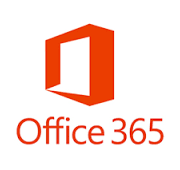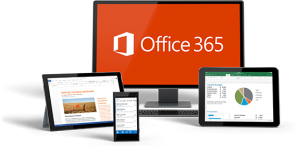Myth-Busting Monday: Office 365 is not just Office “Online”
 Even with the growing adoption, many still see Microsoft Office 365 as “Office in the Cloud”.
Even with the growing adoption, many still see Microsoft Office 365 as “Office in the Cloud”.
In fact, Office 365 is an entirely different suite of services. Yes, Office 365 Business Premium and Enterprise licenses include the MS Office apps we know and use — Outlook, Work, Excel, Powerpoint, and more. But Office 365 is not just a suite of productivity tools.
Microsoft Office 365 is a business communication, collaboration, and information management ecosystem.
Office 365 licenses can include:
- OneNote – Multimedia note taking from any platform
- SharePoint – Collaboration platform for file sharing, intranets, document management, workflows, and information management
- OneDrive – Personal and shared file storage
- Skype for Business – Voice, secure IM, video meetings, and presence management
- Yammer – Social collaboration for business
- Power BI – Wizard driven business analytics
- Sway – Web 2.0 publishing to tell your story
- Planner – Project and task management
As important as the suite of tools, Office 365 can change the way your team works together. With your data secure and in the cloud, you share information rather than attaching files to endless chains of emails. Your team has the ability to work anytime, from anywhere, from nearly any device. Your people are connected because the data and information they use is connected.
So if you haven’t moved into the cloud, stop thinking of Office 365 as hosted email and some apps. Start thinking about how you want to improve your business. Then use Office 365 to make it happen.
Already on Office 365 and feel like you’re not using it to its fullest potential? Ask us about our adoption and engagement programs.
This is the first of a multi-part series designed to help companies better assess the opportunity and value of cloud-based solutions. Contact Us for more information or a free Cloud Advisor session.







 With this week’s release of Quickoffice for iPhone and Android platforms, Google Apps for Business mobile users can now access and edit MS Office files on any iOS or current Android device. Word, Excel, and Powerpoint files are no longer captive to heavy and more expensive Windows laptops, netbooks, and tablets.
With this week’s release of Quickoffice for iPhone and Android platforms, Google Apps for Business mobile users can now access and edit MS Office files on any iOS or current Android device. Word, Excel, and Powerpoint files are no longer captive to heavy and more expensive Windows laptops, netbooks, and tablets.